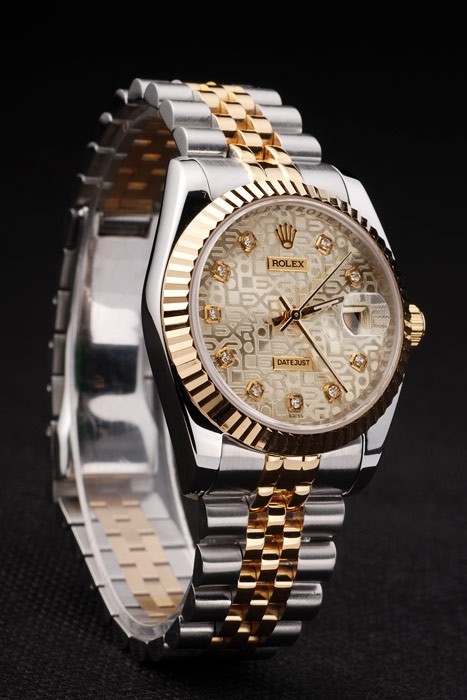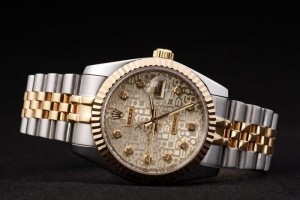
The evolution of watch luminescence
Today, we take it for granted, but checking the time of a luxury watch in the dark wasn’t always possible. The minute repeater watch was invented to solve this very problem. But by the early 19th century, thanks to the invention of luminous paint, watch dials could glow. Although we later learned that the early radium-based luminescence technology was highly toxic, a watch that emitted its own light was a fantastic proposition in the early 20th century. 
One of several ways to determine the approximate age of a watch’s manufacture is to see if it has any luminescent material on its dial and if so, to choose its type. This is because, like almost every other watch component, the luminescent material of a watch, known in the watchmaking world as “luminescence,” has evolved over the past century or so. If you’re interested in learning something about the history of the evolution of watch luminescence, read on and we’ll give a brief overview.
Rolex then slowly began to extend Chromalight to other models as well, and during this transitional period, some watches even used a mix of blue luminous parts and green luminous parts. Today, however, all currently produced Rolex replica watches that have luminescence have a blue Chromalight display.
While radium, tritium, and LumiNova-based luminosity are the most common types when discussing watches, there are others worth mentioning. For example, some modern watch brands are using tiny glass tubes filled with tritium gas to create luminescence that is self-luminous but will eventually need to be replaced because tritium has a half-life of about 12.5 years.
Some watches rely on electroluminescence to glow in the dark. As the name suggests, electroluminescence requires an electric current to make the phosphor glow. One of the most famous examples of this is Timex’s Indiglo, which was patented in 1992. By simply pressing a pusher on the case, the entire dial lights up.
Many of us would agree that the ability to read a watch in the dark is a great feature. While some formal watches have no illuminated parts at all, it is a basic requirement for a tool watch. For example, a dive watch can only be considered a dive watch if it can be read while the wearer is submerged in murky water – otherwise, it’s useless.
Remember, there was a time when a watch was an essential tool, not just a status and style symbol. In addition to dive watches, think pilot’s watches, explorer’s watches, and most importantly, military watches. Being able to read a watch in low light conditions was an essential attribute to getting the job done. In short, the evolution of luminous materials is one of the most important parts of watchmaking, even if we may take it for granted today.